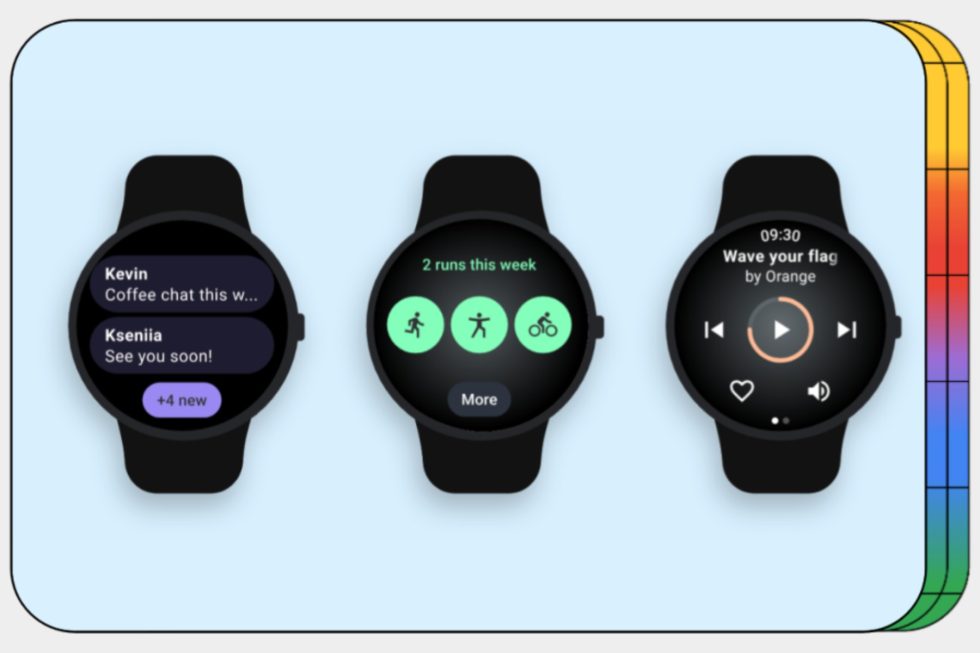Google announced this morning that Wear OS saw massive growth in 2023, with the platform’s user base boosting by 40%, with said users populating over 160 countries across the globe. Point being, there are many people using Wear OS right now and it looks like Google is going to continue investing in making it a better smartwatch OS option.
Battery Improvements: The next step in the Wear OS evolution has been announced as Wear OS 5, built on Android 14. According to Google’s material, Wear OS 5 will bring significant battery life improvements. One example used was that of a marathon runner. In Google’s numbers, the runner will consume up to 20% less power on Wear OS 5 over the course of a marathon than they would on Wear OS 4. Clearly, they’ve never seen me run.
To help developers build more power efficient applications, Google is releasing a new guide on power and battery conservation, available via the developer kit for Wear OS. The first developer preview for Wear OS 5 will be available later this year.
Also new is the next iteration of Watch Face Format. With this, Google is adding new complication access to watch face developers, as well as new “flavors” for quick watch face configurations. New complications available for watch faces include “goal progress” and “weighted elements.”
- Goal progress is perfect for data where the user has a target, but that target can be exceeded. A good example is step count.
- Weighted elements can represent discrete subsets of data, showing their relative sizes, where you might otherwise use something like a pie chart.
Developers can access the latest Watch Face Format here.
Health Services: Google is adding new tracking for users via Health Services. For example, our Wear OS watches will soon be able to track new data types for running, such as stride length, ground contact time, vertical oscillation, and vertical ratio. This new data is sure to be welcomed by those who use Wear OS to track their runs.
It will be up to third party developers to get these new features built into their apps, but Google says they have made it easy enough for all of these features to be accessed inside of a new Sensor Panel for Android Studio Koala (currently in Canary).
Have at it, Wear OS developers.


Collapse Show Comments4 Comments